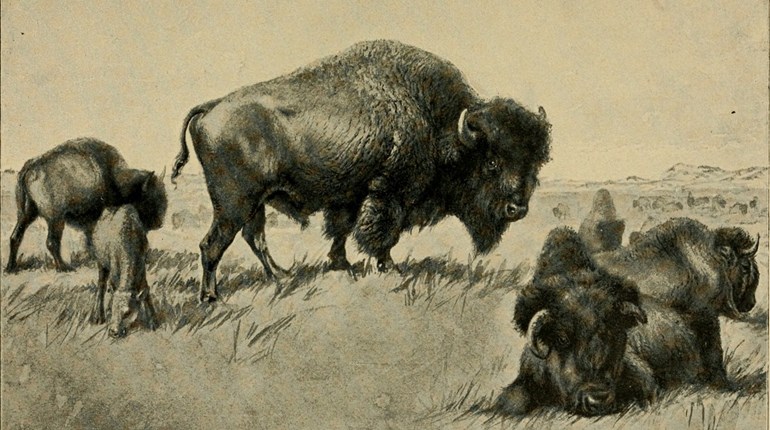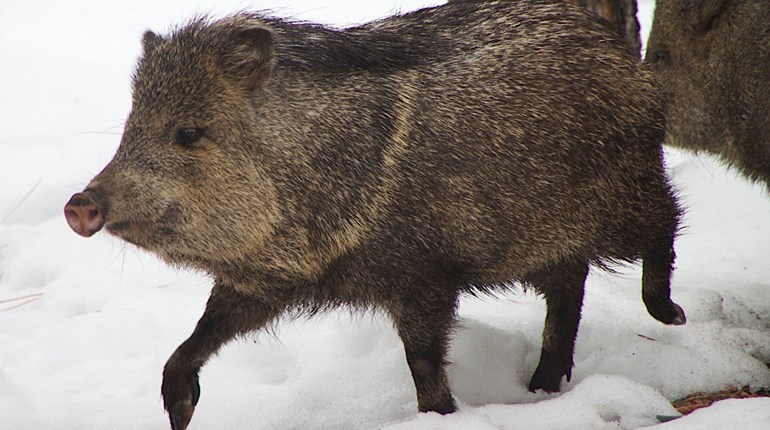
“Our public lands under attack," says Pat Conzemius, Executive Vice President of Wildlife Forever. But for once, it's not human activity that's in question: It's about invasive species. Continues Conzemius, "Invasive species are contributing to fires and habitat loss around the country." The problem is (as always) that there is so much public land, and so few scientists and government surveyors to examine it. That's why, this fall, hunters, hikers and backpackers are encouraged to check out Wild Spotter. Launched in partnership with the USDA Forest Service, University of Georgia and Wildlife Forever, Wild Spotter helps identify, map and report invasive species to better assist the Forest Service with managing public lands.
"Sportsmen and women have long been on the front lines of conservation so Wild Spotter is a perfect stewardship program to use to engage and protect our favorite places,” continues Conzemius. In just over six months, Wild Spotter has been downloaded and used by hundreds of people hunting, fishing, hiking or simply exploring national forests. Field reports of invasive species are coming in to managers on a regular basis, helping to locate problem areas. Endorsed by dozens of conservation groups from around the country, the program leverages countless tools such as a free mobile app, Facebook page, website and training materials for anyone to become an official “Wild Spotter.”
Piloted on 12 National Forests from coast to coast, Wild Spotter appeals to citizen scientists, recreationists, volunteer groups and youth clubs venturing outdoors and looking to help protect their favorite wild places from aquatic and terrestrial invasive species. New ‘wild places’ and partner organizations can join the Wild Spotter program at any time. Looking to learn more and become an official Wild Spotter? Visit the website at www.WildSpotter.org; follow along on Facebook; and download the free Wild Spotter app for Apple and Android devices.







































